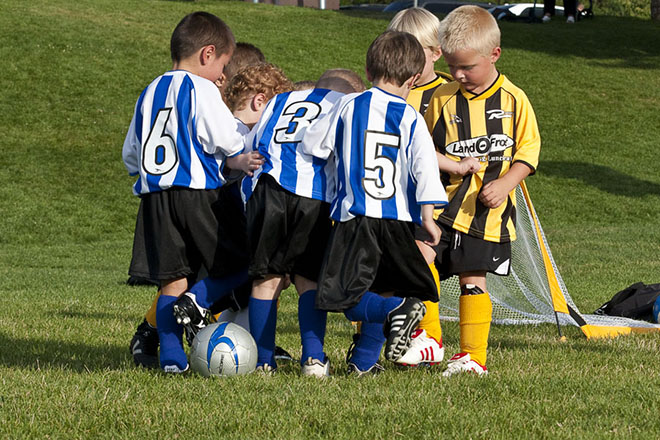Combine classroom academics with physical activity

We don't get enough exercise, kids and adults alike, it’s to do with time, we all lead super busy lives, that and motivation, it’s far too easy to switch on the TV to watch others do the sport and dial Ubereats.
Some stats; globally around 50% of children and 80% of adolescents do not obtain the 60 minutes of moderate-to-vigorous physical activity (MVPA) per day recommended by the WHO.
Classroom time is consistently shown to be the greatest contributor of sedentary time in children, with teacher-led lessons contributing around 7 to 8 hours of sedentary time per day.
The problem of finding time to exercise could be overcome by combining work or study with physical activity.
Schools provide an ideal environment to increase physical activity, as they allow prolonged access to the majority of children.
However, time constraints and education priorities make it difficult for teachers and schools to integrate activity opportunities into the school routine.
Physically active lessons (also known as physically active learning) combine physical activity with academic content and have been explored as a potential method of increasing activity in schools without detriment to educational time.
Examples of physically active lessons include doing star jumps while reciting times tables or using movements to show whether an answer is true or false. Embedded physical activity can be specifically relevant to the learning task at-hand, or task non-relevant but still occurring simultaneously in the taught session. Such activities also can take place inside or outdoors. Physically active lessons are distinct from ‘brain’ or ‘active breaks’ which allow bouts of in-class activity without educational content.
A recent review assessed classroom-based general physical activity interventions including active breaks and other approaches, with 13/39 studies comprising of physically active lesson interventions. This found classroom-based interventions to have a significant, positive effect on improving time-on- task and academic achievement, but no effects on cognitive functions or physical activity.
Gaps in the evidence suggest a need for research in high schools, longer intervention periods with larger doses of physically active lessons and more comprehensive reporting of health outcomes. A theoretical basis to physically active lesson intervention is also required, to allow assessment of the mechanisms facilitating behaviour change.
Physically active lessons can be a useful addition into current curriculum with plausible positive impact on physical activity levels and academic outcomes.
From Norris E, et al. Br J Sports Med 2019;0:1–14. doi:10.1136/bjsports-2018-100502
Image by makelessnoise under flicr cc attribution license